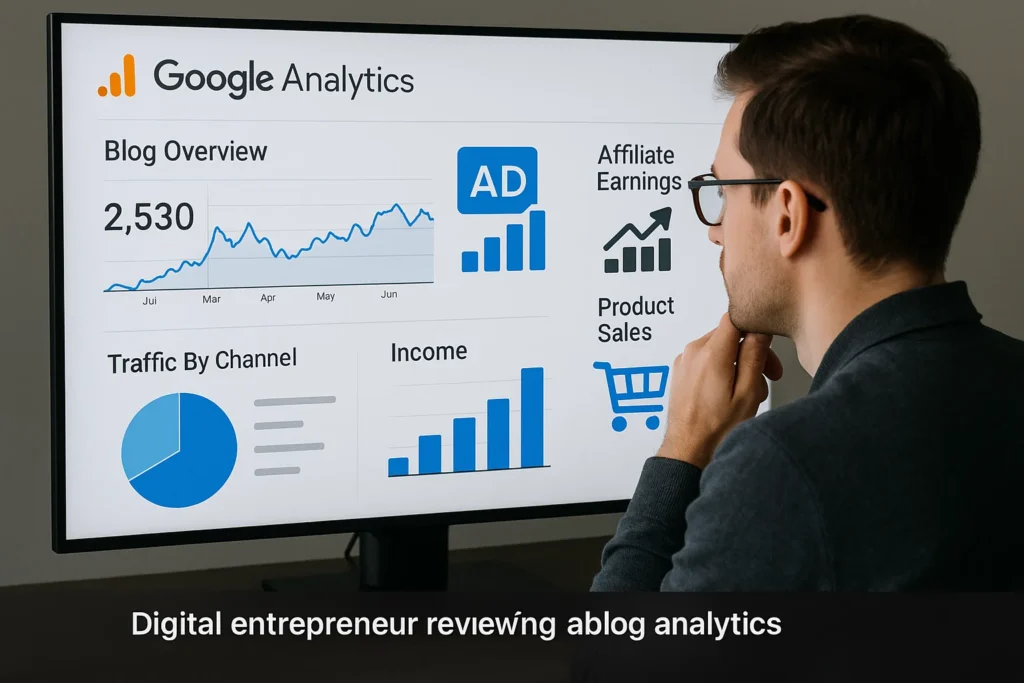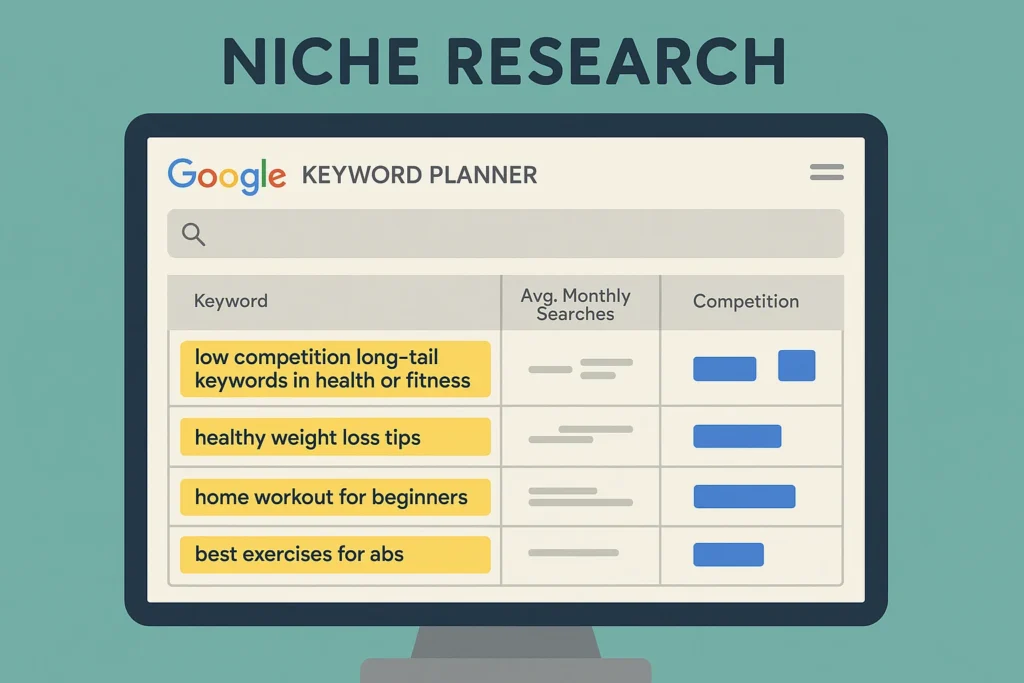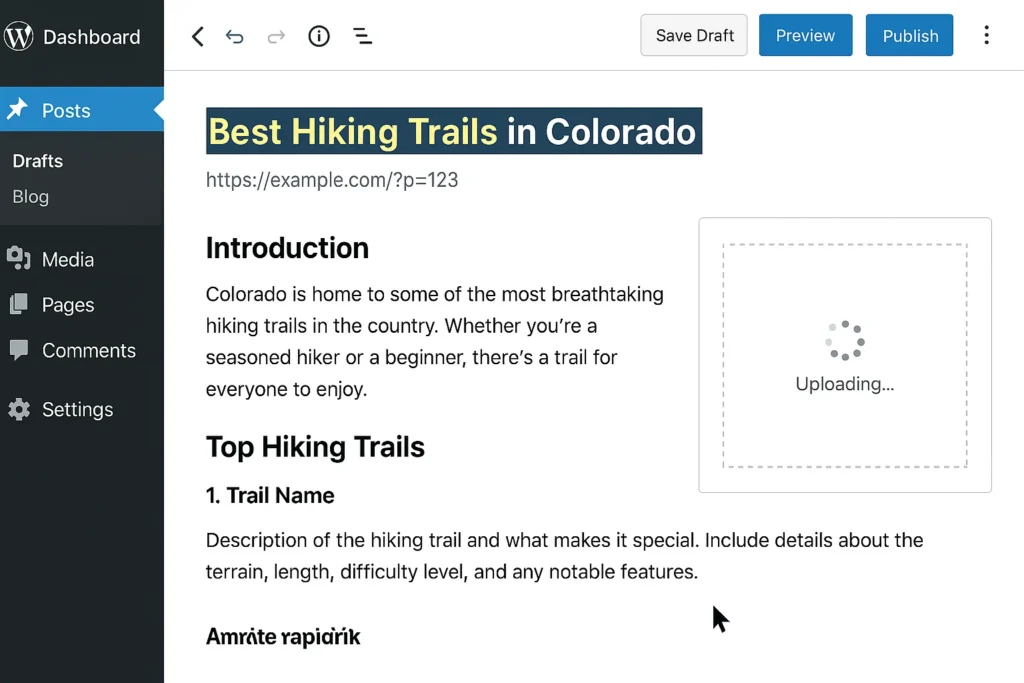
In 2025, starting a blog and making money is entirely achievable, even for beginners. The key lies in strategic planning, consistent high-quality content, and smart monetization. This comprehensive guide will walk you through everything you need to know to launch a successful and profitable blog, focusing on how to start a blog and make money in 2025, utilizing low competition keywords, and long-tail keywords for organic growth. We’ll cover choosing your niche, setting up your platform, creating compelling content, and diversifying your income streams.
How to Start a Blog and Make Money in 2025: Your Definitive Guide
Are you wondering how to start a blog and make money in 2025? The digital landscape is constantly evolving, but the core principles of successful blogging remain. This guide will provide a roadmap for aspiring bloggers, emphasizing the importance of a well-chosen niche, valuable content, and effective SEO strategies. By focusing on low competition, long-tail keywords, your new blog can quickly gain visibility and attract a dedicated audience, leading to sustainable income. Let’s dive into the essential steps to turn your passion into profit.
1. Choosing Your Profitable Niche: The Foundation of Your Blog
The first and most crucial step in starting a profitable blog in 2025 is selecting a niche. This isn’t just about what you’re passionate about, but what people are searching for and what has monetization potential. Look for a topic that:
- You’re genuinely interested in: This ensures you’ll stay motivated to create consistent, high-quality content.
- Has an audience: Use tools like Google Keyword Planner, Ahrefs, or Semrush to identify topics with consistent search volume.
- Has monetization opportunities: Can you promote products, services, or information related to this niche? Think about affiliate marketing, digital products, or even coaching.
Focus on low competition, long-tail keywords during your niche research. Instead of “fitness,” consider “beginner home fitness routine for busy moms” or “vegan meal prep for athletes.” These specific queries have less competition and attract highly engaged users, making it easier for a new blog to rank. Think about the problems you can solve for your audience. For instance, if you’re passionate about sustainable living, a niche like “zero-waste kitchen tips for apartment dwellers” targets a very specific pain point.

2. Setting Up Your Blog: Platform and Hosting
Once your niche is defined, it’s time to build your online home. For aspiring profitable bloggers in 2025, self-hosted WordPress.org is overwhelmingly the recommended choice.
- Self-Hosted WordPress.org: This platform offers ultimate control, flexibility, and scalability for monetization. It’s different from WordPress.com, which has more limitations.
- Web Hosting: You’ll need a reliable web host to store your blog’s files and make it accessible online. Reputable hosts like Bluehost, SiteGround, or WP Engine offer affordable plans suitable for beginners. They often include a free domain name for the first year.
- Domain Name: Your domain name is your blog’s address (e.g., https://www.google.com/search?q=yourblogname.com). Choose something memorable, relevant to your niche, and easy to type. Consider including a keyword in your domain name if it sounds natural and not “spammy.”
3. Crafting Compelling Content: Value is King
Content is the heart of your blog. In 2025, quality and relevance are paramount. Your content should be:
- Valuable and Actionable: Solve problems, answer questions, or entertain your readers. Don’t just regurgitate information; offer unique insights and practical advice.
- SEO-Friendly: This is where low competition keywords and long-tail keywords come into play. Integrate them naturally within your content, especially in your title, headings, and the first 100 words. For example, if your long-tail keyword is “best indoor plants for low light apartments,” ensure it appears early and often throughout your post.
- Easy to Read: Use short paragraphs, clear headings (H1, H2, H3), bullet points, and images to break up text and improve readability.
- Consistent: Regular publishing helps build audience anticipation and signals to search engines that your site is active.
Content Ideas using Long-Tail Keywords:
- “How to start a garden with limited space on a budget”
- “Beginner’s guide to fermenting vegetables at home”
- “Affordable DIY home decor ideas for renters”
- “Best productivity apps for small business owners in 2025”
- “Sustainable travel tips for eco-conscious adventurers”
Remember to include relevant external links to authoritative sources within your content to add credibility and provide further value to your readers. For example, when discussing research, link to the original study.

4. Driving Traffic to Your Blog: Getting Discovered
Even the best content needs an audience. Focus on diverse traffic generation strategies:
- Search Engine Optimization (SEO): This is vital for organic traffic.
- Keyword Research: Continuously identify low competition, long-tail keywords relevant to your niche using tools like Google Keyword Planner or free alternatives.
- On-Page SEO: Optimize your titles, meta descriptions, headings, and image alt text with your target keywords. Ensure your blog is mobile-friendly and loads quickly.
- Internal Linking: Link relevant posts within your own blog to improve navigation and SEO.
- Backlinks: Quality backlinks from other reputable websites signal authority to search engines. Focus on creating link-worthy content that others will naturally want to share.
- Social Media Promotion: Share your blog posts on platforms where your target audience spends time. Don’t just share links; engage with your audience, ask questions, and build a community. Pinterest can be particularly effective for driving blog traffic, especially for visual niches.
- Email List Building: Start building an email list from day one. Offer a valuable “lead magnet” (e.g., a free e-book, checklist, or mini-course) in exchange for email sign-ups. Your email list is your most valuable asset, allowing you to directly communicate with your audience and promote new content or products.
- Guest Posting: Write articles for other blogs in your niche to gain exposure and build backlinks.
5. Monetizing Your Blog in 2025: Turning Clicks into Cash
There are numerous ways to make money from your blog. Diversifying your income streams is key to long-term profitability.
- Affiliate Marketing: Promote products or services from other companies and earn a commission on sales made through your unique affiliate links. This is a popular and effective method for new bloggers. For example, if your blog is about baking, you might become an affiliate for baking supply companies on platforms like Amazon Associates.
- Display Advertising: Once your blog gains consistent traffic, you can apply to ad networks like Google AdSense, Mediavine (requires higher traffic), or AdThrive (higher traffic required). These networks display ads on your blog, and you earn revenue based on impressions or clicks.
- Selling Your Own Digital Products: This offers higher profit margins. Consider creating:
- E-books: Compile your best blog content into a comprehensive guide.
- Online Courses: Share your expertise in a structured learning format.
- Printables/Templates: Offer downloadable resources relevant to your niche.
- Sponsored Posts and Collaborations: As your blog grows, brands might pay you to create content featuring their products or services. Always disclose sponsored content transparently to maintain reader trust.
- Offering Services: Leverage your expertise by offering consulting, coaching, freelance writing, or other services directly through your blog. For instance, if your blog focuses on digital marketing, you could offer SEO consulting.
- Donations: While not a primary income source, a “buy me a coffee” button can allow loyal readers to support your work.
- Membership Sites: For highly engaged audiences, you could offer exclusive content or a community forum for a recurring subscription fee.

6. Analyzing and Adapting: Continuous Improvement
Blogging success isn’t static. Regularly analyze your blog’s performance to identify what’s working and what isn’t.
- Google Analytics: Track your traffic, user behavior, popular posts, and referral sources.
- Google Search Console: Monitor your search performance, see which keywords you’re ranking for, and identify any crawl errors.
- Engage with Your Audience: Read comments, respond to emails, and ask for feedback. This helps you understand their needs and tailor your content.
Based on your analysis, adapt your content strategy, SEO efforts, and monetization methods. The digital world is dynamic, and staying flexible and responsive to trends will ensure your blog’s long-term success.
Conclusion: Your Blogging Journey in 2025
Starting a blog and making money in 2025 is a journey that requires patience, persistence, and a willingness to learn. By meticulously choosing a profitable niche, focusing on low competition, long-tail keywords, creating high-quality, valuable content, and diversifying your income streams, you can build a thriving online business. Remember, consistency is key, and genuine value will always attract and retain an audience. So, take the first step, launch your blog, and embark on your exciting blogging adventure!
